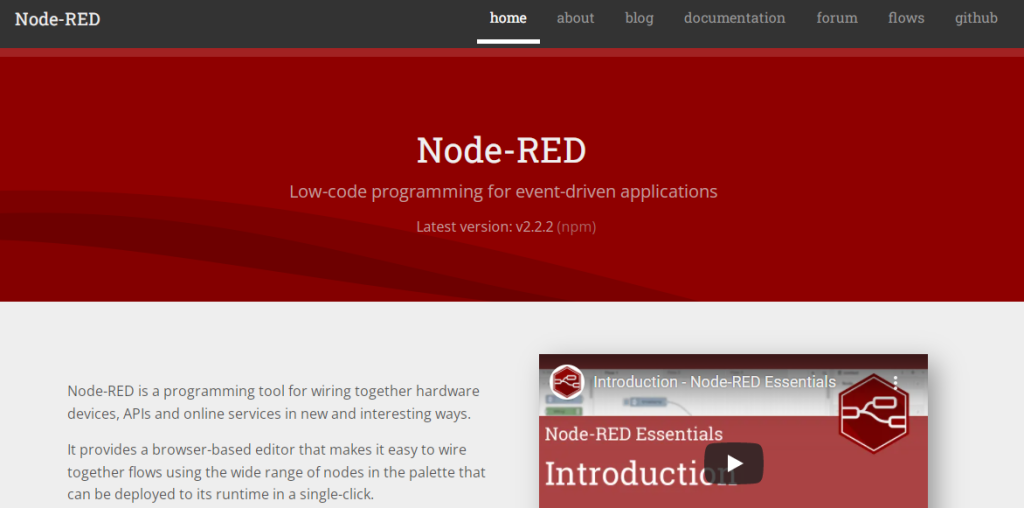If you’re planning to develop an IoT app, there are a few things you should keep in mind. First and foremost, make sure your app is user-friendly and easy to navigate. UX is important because users prefer to manage IoT devices with ease.
You don’t want users getting frustrated with your app before they’ve even had a chance to use it. You must also consider security and privacy concerns, so make sure you use the latest technologies and development frameworks.
Test your IoT app on different devices and platforms to ensure compatibility and keep track of customer feedback to see what changes need to be made.
Make Sure Your App Is User-Friendly, and Easy to Navigate
IoT app’s crucial aspects are that it must be user-friendly and easy to navigate. If your app is difficult to use, users will not bother trying to figure it out and will simply move on to another one. Make sure all the buttons and icons are easily accessible, and test your app on different devices and platforms to ensure compatibility.
So, paying special attention to the UX and UI interface is critical. You may be using a voice recognition interface or touch screen interface, so make sure it is effortless to use.
Pay Attention to Security and Privacy Concerns
When dealing with sensitive user data, security and privacy must be your top concerns. Ensure all the communication between devices is encrypted and that there is no way for hackers to access the data.
Also, consider how you will use the data collected by the app. Will it be shared with third-party companies? If so, make sure you have the proper consent from users.

Use the Latest Technologies and Development Frameworks
When developing an IoT app, it is vital to use the latest technologies and development frameworks. This will ensure that your app is up-to-date and can meet the current market’s demands.
Additionally, using the latest technologies will also help you future-proof your app, making it more likely to withstand changes in the marketplace.
“In 2024, having a robust IoT app is no longer just a competitive advantage; it’s a necessity. By utilizing the latest technologies and development frameworks, businesses can create apps that not only meet current market demands but are also scalable and adaptable to future advancements,” says Ronas IT, a leading software development company.
Some of the Most Popular IoT Development Frameworks Include
- Node-RED
- Eclipse Kura
- DeviceHive
All these frameworks have their own unique set of features and capabilities, so be sure to do your research before choosing one. Additionally, make sure that whichever framework you choose is compatible with the devices and platforms you plan on using.

Test Your App On Different Devices And Platforms
Once you’ve developed your app, it’s crucial to test it on various devices and platforms. This will help you ensure that your app is compatible with the widest range of devices and works properly on all of them. Additionally, testing your app on different devices will also help you identify any potential issues or bugs.
Some of the most popular IoT platforms include:
- Amazon Web Services (AWS)
- Google Cloud Platform (GCP)
- Microsoft Azure
- IBM Watson
Once you’ve chosen a platform, you’ll need to test your app on various devices. This includes smartphones, tablets, laptops, and desktop computers. Additionally, you’ll need to test your app on iOS and Android devices. Testing your app on as many devices as possible will help you ensure that it works properly on all of them.
Keep Track of Customer Feedback and Make Changes Accordingly
As with any other app, it’s essential to keep track of customer feedback and make changes accordingly. This will help you ensure that your app meets your customers’ needs and expectations.
Additionally, tracking customer feedback can also help you identify new features or enhancements that your customers would like to see in future versions of your app.
Some ways to collect customer feedback include:
- Surveys
- Email forms
- Social media channels
- App store ratings and reviews
Market Your App Effectively to Reach a Wider Audience

Last but not least, you’ll need to market your app effectively to reach a wider audience. This includes promoting your app on social media, in-app stores, and other channels.
Additionally, you’ll need to ensure that your app is well-designed and easy to use. A good marketing strategy will help you ensure that as many people see your app as possible.
When it comes to marketing your IoT app, some of the most effective strategies include:
- Creating a strong social media presence
- Optimizing your app for search engine optimization (SEO)
- Submitting your app to popular directories and listings sites
- Creating informative and engaging blog posts and articles
- Creating video tutorials and demos
How to Choose the Proper Hardware for Your IoT Project
When it comes to choosing the right hardware for your IoT project, there are a few factors you’ll need to consider. These include:
- The type of data you plan on collecting
- The devices you plan on using
- The bandwidth and network requirements
- The power requirements
Once you’ve determined the type of data you’re collecting and the devices you’re using, you can start narrowing down your options. There are various types of hardware available, including sensors, gateways, and processors.



